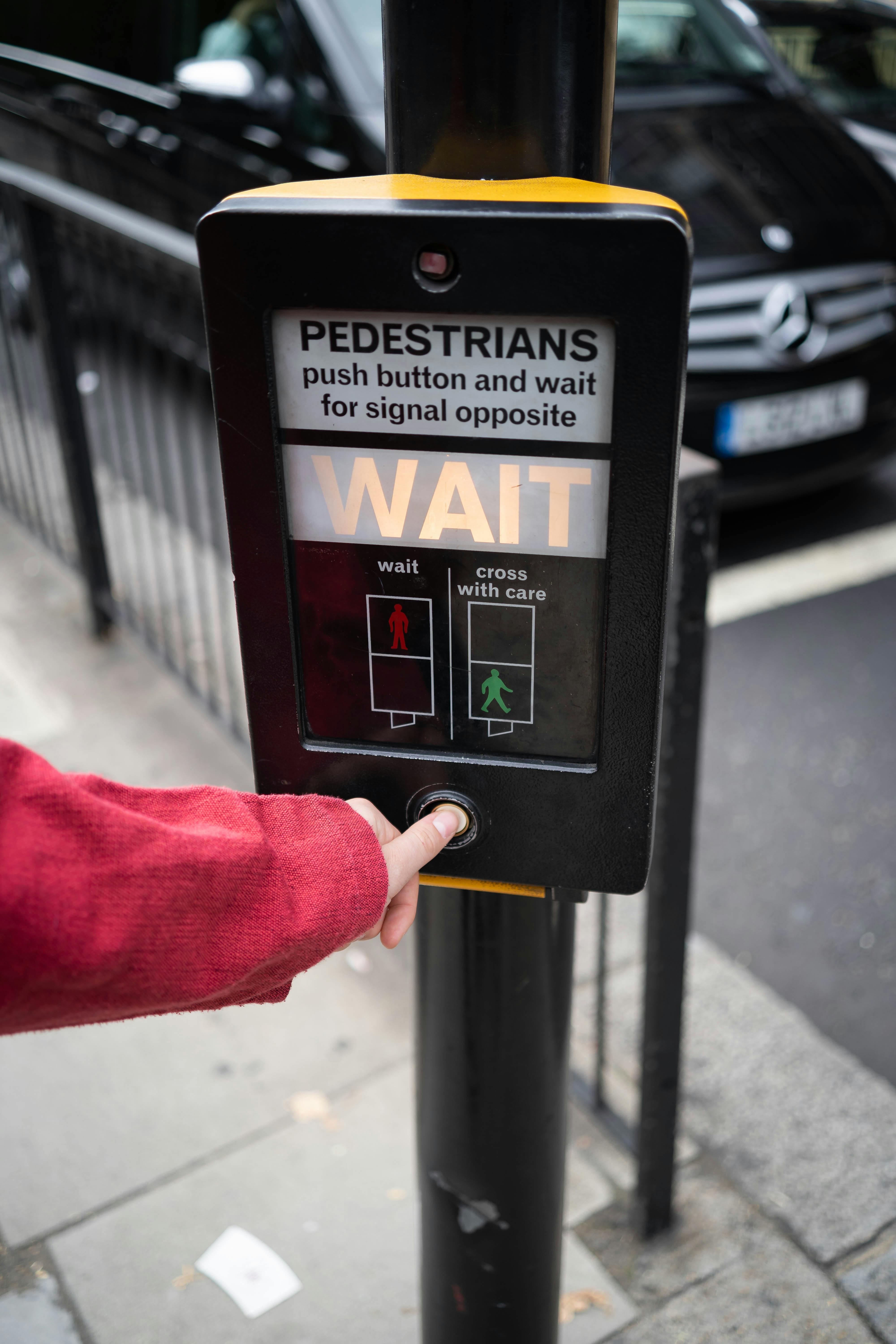As of 2017, the number of social media users was reported at almost 2.5 billion by Statistica.com. Out of almost 7.6 billion people worldwide, this means more than 30% of the population uses social media.With such extreme traffic, events on social media often make headlines. These stories—most pertaining to trends and viral videos—have likely led people to question social media influence. Here are some positive and negative viral videos and trends that made headlines in the past year.
When something is popular on social media it is considered to be “trending”. On Twitter, users can even search through the content that is trending. One of the most common trends on this network are specific hashtags, which are commonly used to reach a niche audience. Actress Alyssa Milano started a social movement on October 24, 2017 after posting “#MeToo” on her Twitter page @Alyssa_Milano. Milano encouraged sexual assault victims to use the hashtag and prove “the magnitude of the problem”. Twitter informed CBS that the tag had been used nearly 2 million times in one day.
Occasionally the dark side of social media can trend. A troubling trend is “revenge porn”, which CNN’s Amy Adele Hasinoff dubbed “sexual abuse in a new digital form.” This post-breakup trend involves posting private—usually sexual—photos and videos of an ex online. Some videos on social media gain enough popularity to go viral.
Everyone loves a good laugh, and this equates to shares. Montgomery, Alabama residents held a vigil for the Zelda Rd. Taco Bell on January 21, 2018. TIME reported that the hilarious gesture was a viral Facebook sensation.
Sadly, not only good things go viral. With cameras everywhere, crimes are sometimes caught on tape and make it to social media. CNN reported that a Millbrook, Alabama man Germaine Moore turned himself in to police on February 7, 2018. This was after a video of his alleged sexual assault of a minor went viral. Another dangerous kind of viral video could fittingly be called a “job-ruiner”. An example being former University of Alabama student Harley Barber. Al.com reports that she was promptly dismissed from the school after videos of her using racial slurs went viral.
Trends can spread awareness and information about important issues. As mentioned earlier, millions were able to report their sexual assault in a way that they felt safe. Others also saw the how widespread these events are. Unfortunately, in some cases trends can prompt vengeful, dangerous, and possibly fatal behavior. People can seek revenge on others, possibly hurting both individual’s future prospects, and others will follow.
Viral videos can showcase heartwarming acts of humanity to influence others to pitch in, or they could provide users with light-hearted comic relief. With the tragedies seen everyday, some people may not know how they can help until they show others give a hand in these events; laughing (perhaps at a group of people dramatically mourning the loss of their local Taco Bell) could be also be therapeutic for users that are surrounded by these tragedies.
Sadly, a viral video can also remind viewers of atrocities that exist in the world. People perform horrific acts every day, but when these acts go viral online they can traumatize the people involved (like the minor from the Elmore County video) or ruin people’s chances at a job or an education (like Harley Barber from UA) for years to come.
When deciding whether social media’s impact is good or bad, there is still no definitive answer. For every positive there will inevitably be a negative, so from here it must be left to the discretion of social media users, as well as the platforms, to ensure that the negative does not put people in harm’s way.
By Tommi Jo Miller




